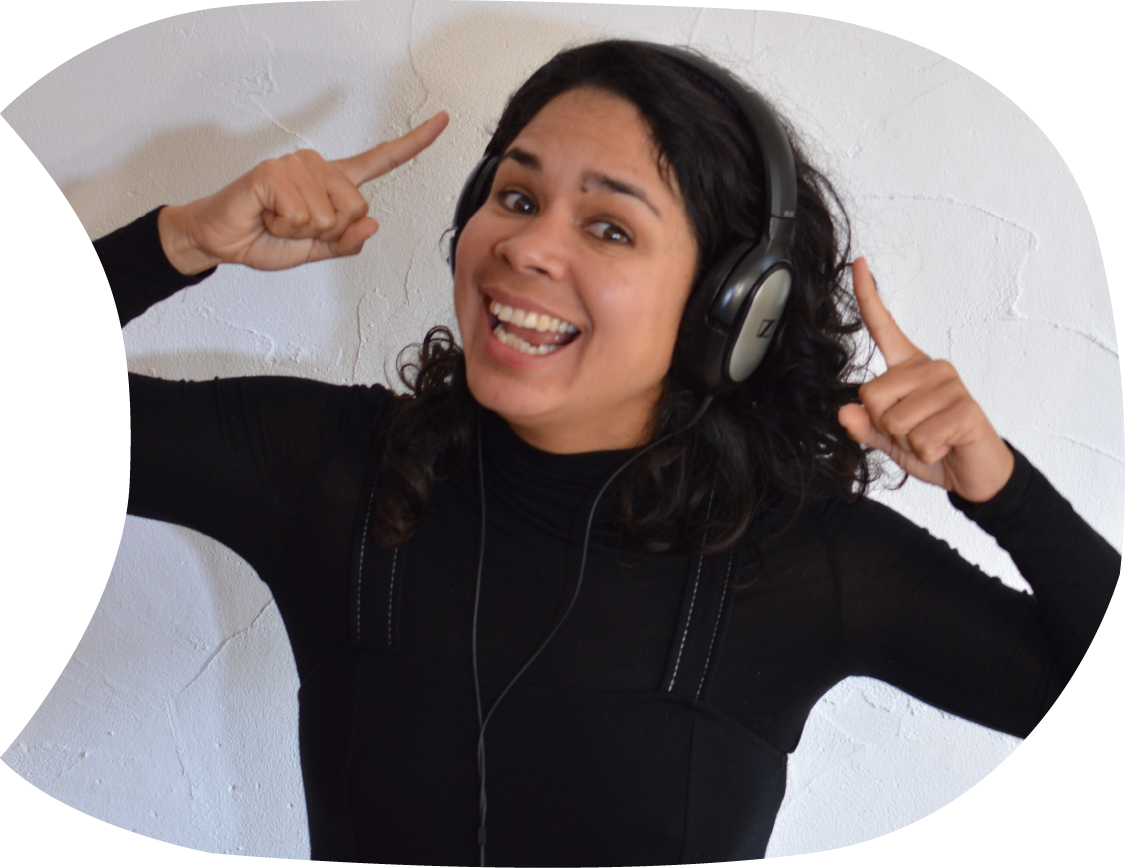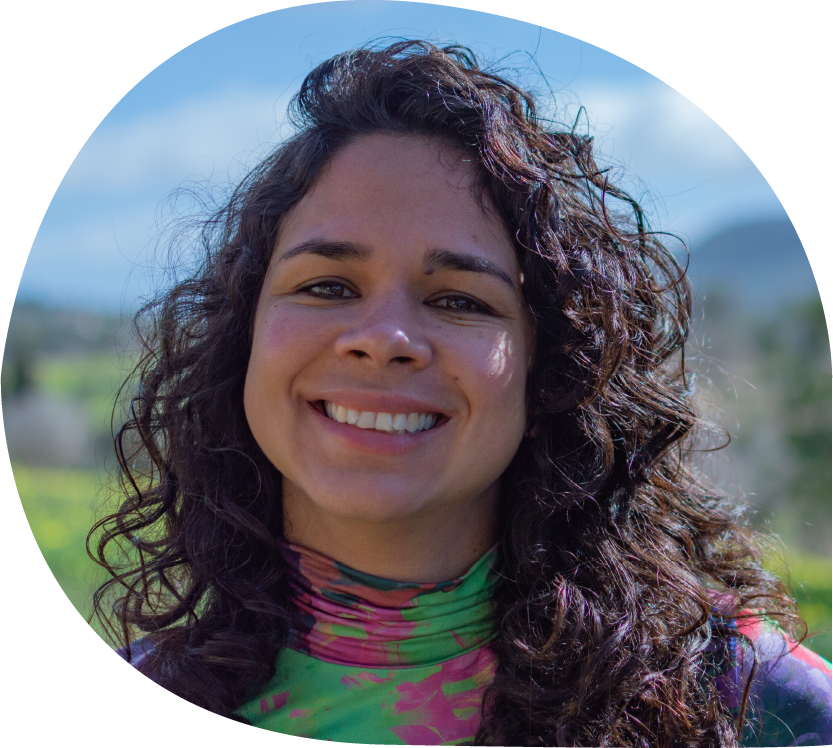
Dual Pronunciation: Unraveling the 'C' Sound in Spanish
I bet this isn't the first time that this has crossed your mind, so yes! In Spanish, we face a duality with the letter 'C,' but don't worry, let's find out what it's about.
The phoneme "C" in Spanish can be produced in two different ways, depending on the following vowel:
Before "a", "o", or "u": The phoneme "C" is pronounced as a hard, velar plosive sound, similar to the English "k". To produce this sound:
- Place the back of your tongue against the soft palate (the back part of the roof of your mouth).
- Release a burst of air by quickly opening the closure between the back of your tongue and the soft palate.
- There should be no vibration of the vocal cords.
Before "e" or "i": The phoneme "C" is pronounced as a soft, dental or alveolar fricative sound, similar to the English "s". To produce this sound:
- Place the front part of your tongue against the alveolar ridge (the ridge just behind your upper front teeth).
- Allow a continuous flow of air to pass through the small gap between your tongue and the alveolar ridge, creating a friction sound.
- There should be no vibration of the vocal cords
Shadowing step by step
- Start by listening to the phoneme in isolation, then in syllables.
Repeat and try to mimic the sound. - Listen to the recording without reading the story, focusing solely on the sound.
- Aim to grasp the majority of words, concentrating on the 'B' phoneme.
- Listen to the recording while reading the story aloud in Spanish. This helps you nail the pronunciation and rhythm.
- Use the English text as support to understand unfamiliar words.
- Check the grammar box below to identify verb conjugations and pattern
The "C" sound in isolation
The "C" sound in syllables
The "C" sound in words
The "C" sound in context
| Spanish | English |
| Carmen tiene un conejo Blanco y pequeño, Se llama Copo, come lechugas Y tambien zanahorias Un día crecerá y tal vez se vaya de la casa al campo | Carmen has a rabbit. White and small, His name is Copo, he eats lettuce And also, carrots. One day he will grow up and maybe he'll leave home for the countryside |
Verb explanation
| Infinitive | Present |
| Tener / Have | Yo tengo Tú tienes Él/Ella/Usted tiene Nosotros/Nosotras tenemos Vosotros/Vosotras tenéis Ellos/Ellas/Ustedes tienen |
| Llamar / Name | Yo me llamo Tú te llamas Él/Ella/Usted se llama Nosotros/Nosotras nos llamamos Vosotros/Vosotras os llamáis Ellos/Ellas/Ustedes se llaman |
| Ir / Go | Yo voy Tú vas Él/Ella/Usted va Nosotros/Nosotras vamos Vosotros/Vosotras vais Ellos/Ellas/Ustedes van |
| Infinitive | Future |
| Crecer / Growth | Yo creceré Tú crecerás Él/Ella/Usted crecerá Nosotros/Nosotras creceremos Vosotros/Vosotras creceréis Ellos/Ellas/Ustedes crecerán |

